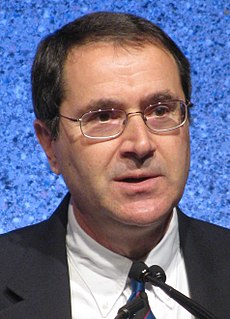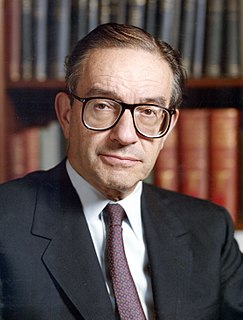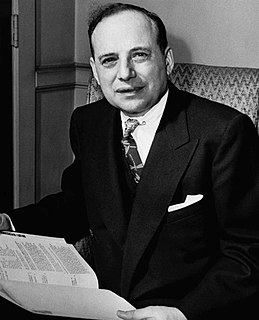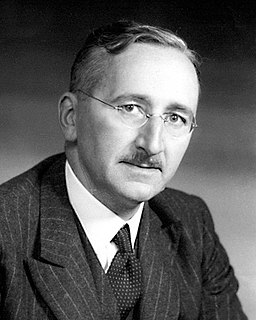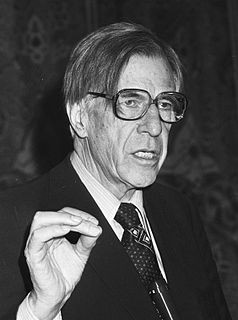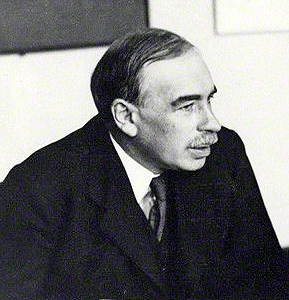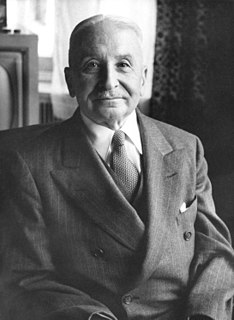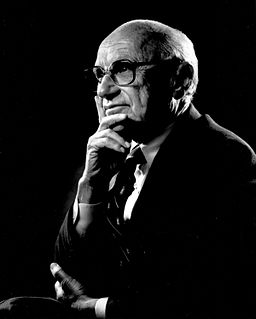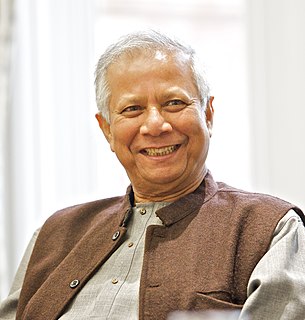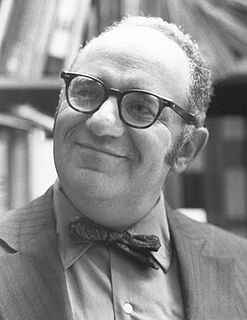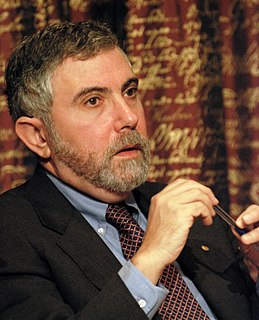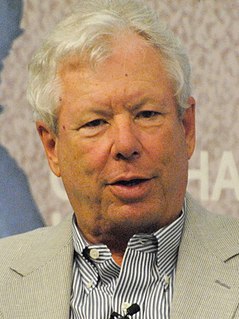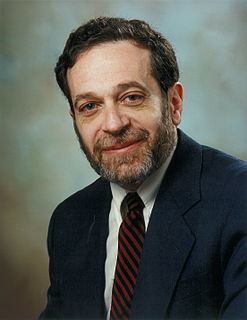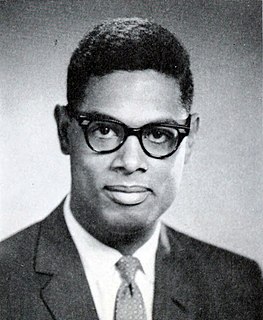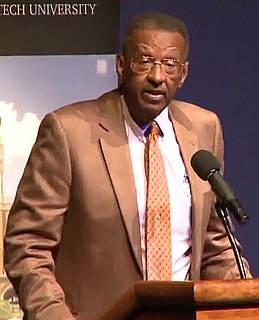Top 9 Quotes & Sayings by David Galenson
Explore popular quotes and sayings by an economist David Galenson.
Last updated on April 15, 2025.
Titian and Rembrandt, Monet and Rodin, Frank Lloyd Wright and Le Corbusier, Mark Twain and Henry James, Robert Frost and Elizabeth Bishop, to name a few. Twain wrote 'Tom Sawyer' at 41 and bettered it with 'Huckleberry Finn' at 50; Wright completed Fallingwater at 72 and worked on the Guggenheim Museum until his death at 91.
